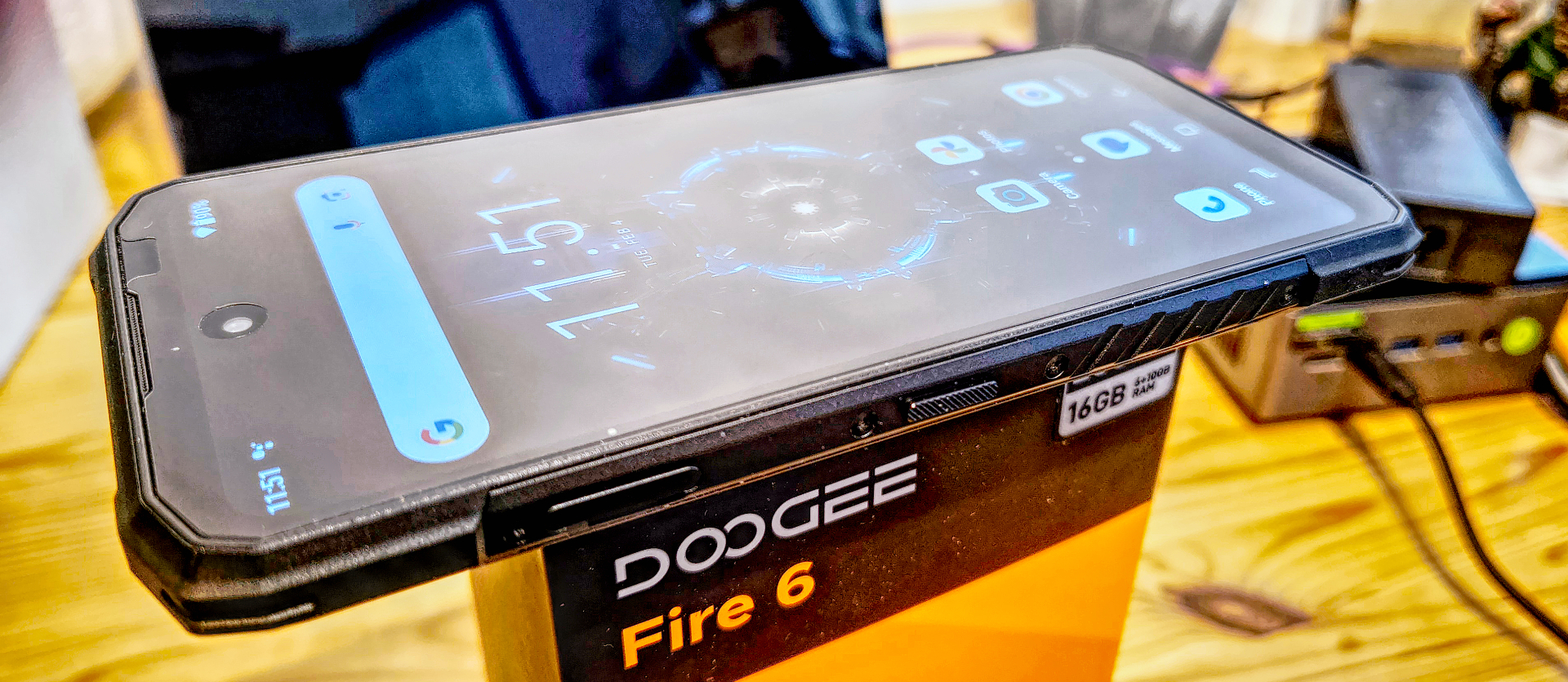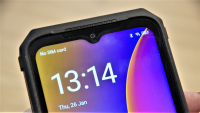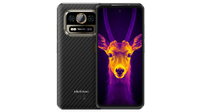TechRadar Verdict
Adding a low-end thermal sensor and reducing the battery size and memory does not explain the MSRP of this phone, nor does it even come close. The T606 isn’t an Android 14-friendly SoC, and its performance here isn’t sufficient in a modern phone.
Pros
- +
Robust
- +
Decent battery life
- +
Thermal imaging
Cons
- -
Large
- -
Old SoC
- -
Only 4G
- -
Expensive for the spec
Why you can trust TechRadar
Doogee Fire 6: 30-second review
Not to be confused with the Doogee Fire 6 Power, this base Fire 6 is a more lightweight option that comes with one unique feature that might make it useful.
Rugged phones generally fall into two types, and the Fire 6 is the one where they’re not much bigger than a normal smartphone but have inherent protection against water and dust.
The basic platform is unchanged from that of the Fire 6 Power, using the same SoC, even less memory and the same 256GB of storage. But it also has a smaller battery, which makes the phone thinner and a little less hefty.
The headline feature that might attract some people is the Thermal imaging camera, but unlike many of the best rugged phones with the feature, it only offers a 160 x 120 sensor that’s a quarter of the size of the best by FLIR.
This can be combined with the image capture from the conventional 50MP primary sensor to make it look like it’s a higher resolution, but it’s still 160x120 in reality.
The bigger issue with this phone is that it uses the same five-year-old T606 SoC that the Fire 6 Power and the AGM H Max, and its performance isn’t spectacular. Doogee promotes this phone as having 16GB of RAM, later mentioning that it has 6GB of actual memory and 10GB mapped from flash storage. That’s 2GB less than the Power model and a disappointing amount for a phone that costs nearly $400 directly from the maker.
On the plus side, it has a 10400mAh battery that provides a reasonably long running life, but with a more modern SoC, it might have even greater running time.
The Fire 6 isn’t the cheapest rugged thermal image phone and has been upstaged by devices like the Ulefone Armor Mini 20T Pro or Ulefone Armor 25T Pro. Or even other designs from Doogee, like the V31GT. In short, the performance and value proposition of this device is questionable.
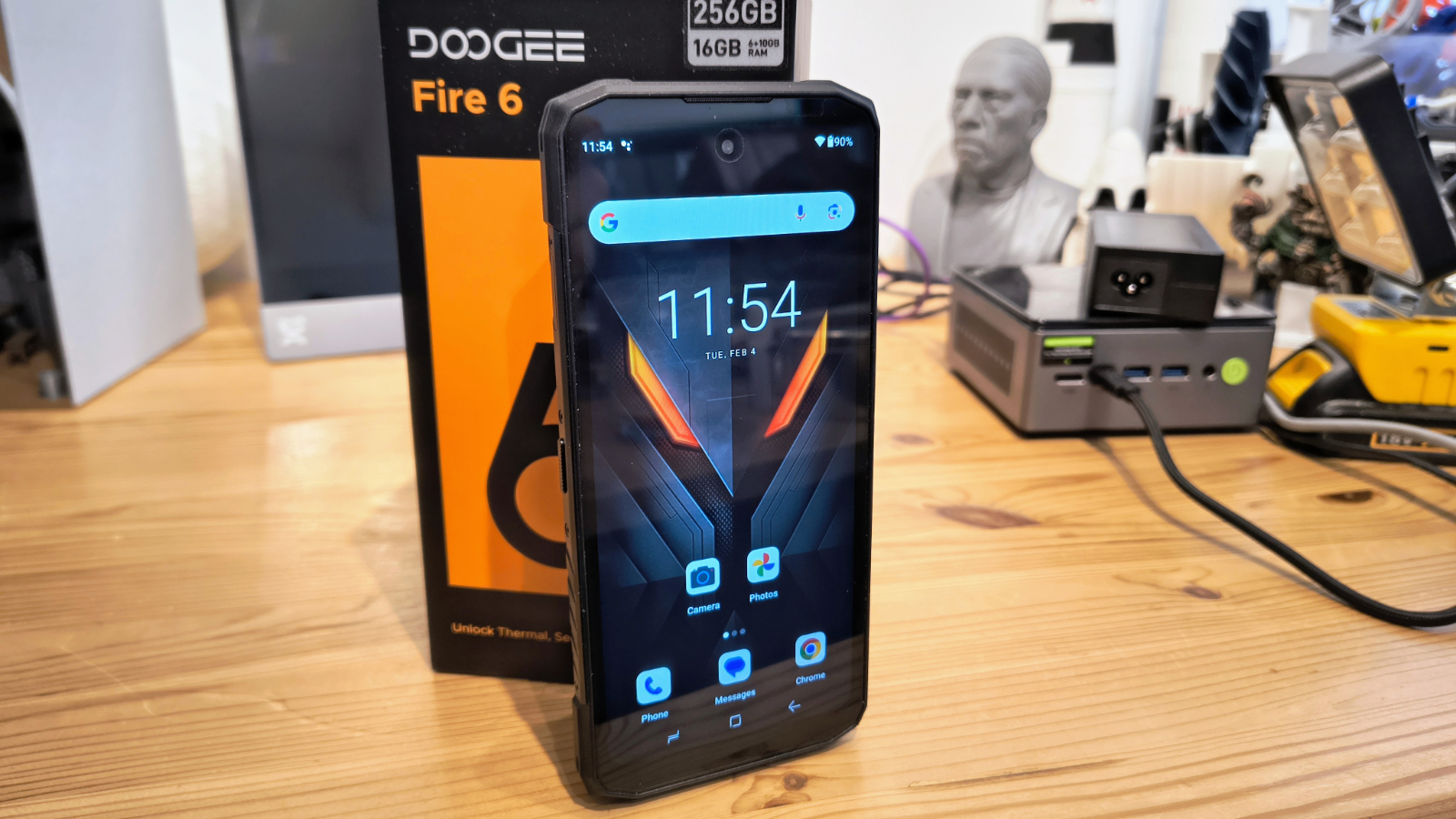
Doogee Fire 6: price and availability
- How much does it cost? $395/£290/€381
- When is it out? Available now
- Where can you get it? You can get it in most regions directly from Doogee or many online retailers.
What’s slightly disconcerting is that the Fire 6 costs more than the Fire 6 Power, at least directly from Doogee. That’s for essentially the same internal parts, other than a smaller battery, less memory and a different camera arrangement.
Direct from Doogee the Fire costs $394.89 to US customers, £290 to UK residents and €381.11 to those in the EU.
On Amazon.com, you can pay $339.99, a significant reduction on the maker’s price. But that’s a deal exclusive to the USA, as it is not reflected in the UK or EU Amazon costs.
But those who want it cheaper, trading a longer delivery delay, should search for it on AliExpress, where an asking price of less than $190 or £165 is possible.
That’s a drop of more than 50%, although that’s a Global version that might have issues with some American service providers.
Like its Fire 6 Power brother, this phone is overpriced at the maker’s asking price, and possibly the Amazon one, but from AliExpress, it’s probably worthwhile.
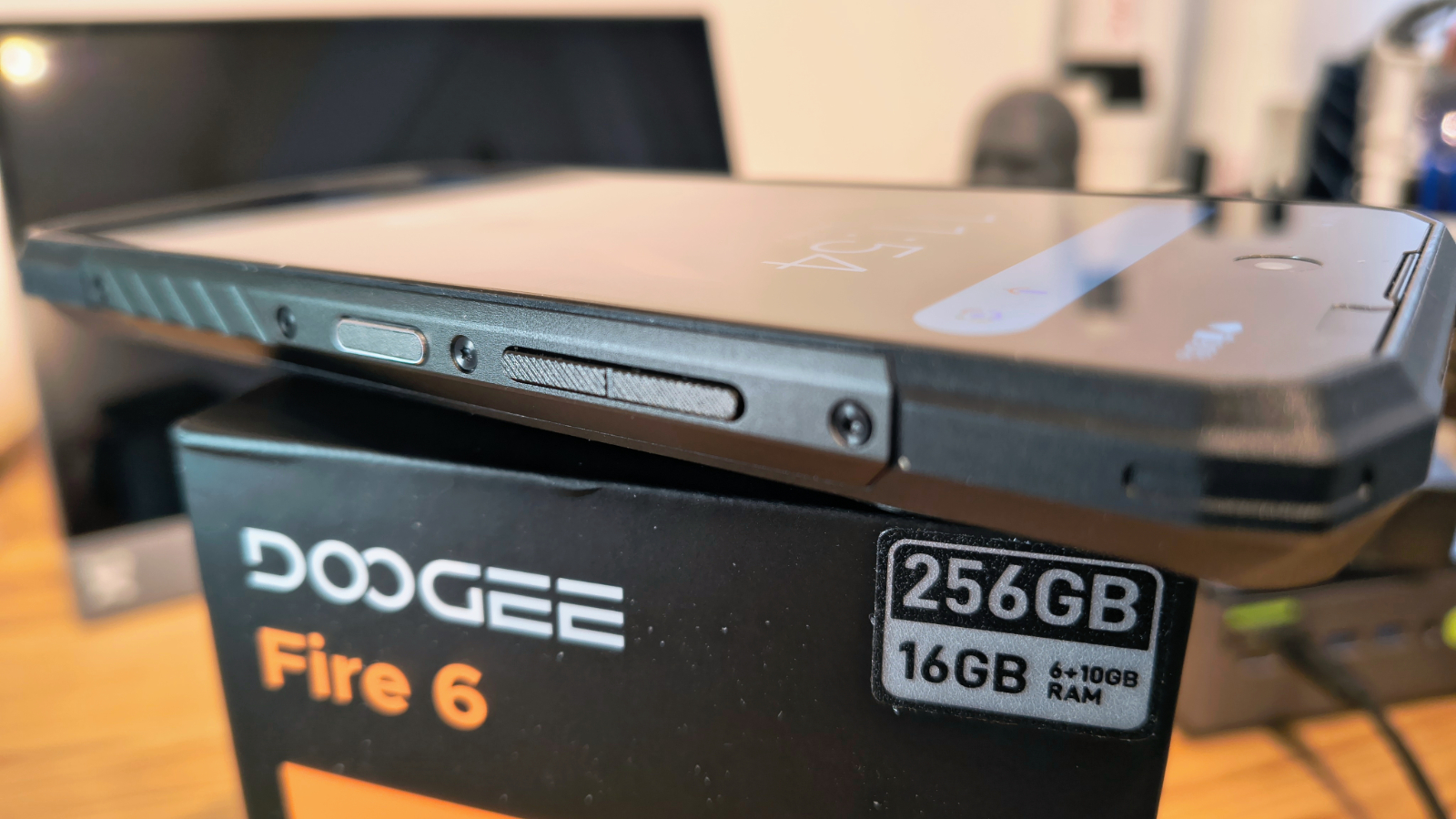
- Value score: 3.5/5
Doogee Fire 6: Specs
Item | Spec |
|---|---|
CPU: | Unisoc T606 |
GPU: | Arm Mali-G57 MP1 |
RAM: | 6GB |
Storage: | 256GB |
Screen: | 6.56-inch IPS LCD |
Resolution: | 720 x 1612 |
SIM: | Dual Nano SIM + MicroSD |
Weight: | 347 grams |
Dimensions: | 174 x 81.2 x 15.8 mm |
Rugged Spec: | IP68, IP69K and MIL-STD-810H |
Rear cameras: | 50MP + 8MP +ECO thermal imaging |
Front camera: | 8MP OV8856 Sensor chip |
Networking: | WiFi 6, Bluetooth 5.0 |
OS: | Android 14 |
Battery: | 10400 mAh battery (Max 18W charge) |
Doogee Fire 6: Design
- Large but easy to hold
- No headphone jack
- Central image cluster
According to Doogee, this phone has a “tech-mechanical textured back cover, blending cutting-edge technology and industrial aesthetics, exuding a futuristic and tech-inspired vibe, Crafted with precision and designed for protection, reflecting your personality and style.”
I’m not sure what that word salad means, but as rugged smartphones go, this is a genuinely attractive design that is large but easy to hold and use. But it’s still large, and won’t easily fit into most pockets unless they’re huge.
What makes it somewhat alluring is the special texture that Doogee uses on the rear, which is almost holographic in nature. It projects a pattern that is only visible at certain angles and has depth to it. I’m unsure how this effect is achieved, but the projected design has no corresponding surface markings.
The Fire 6 sells its rugged credentials in a solid aluminium chassis that has been anodised grey on the sides where fingers will hold it. The buttons are easy to locate on the frame, and this has the same layout that most Doogee and rugged phones in general have gravitated towards.
It has a more elegant design than the Fire 6 Power, but this is still large, and at 347g, it’s also about 50% heavier than a typical ordinary smartphone.
Like with the Fire 6 Power, the Fire 6 has a boat hull-inspired shape that is easy to hold and handle, which is critical for a phone this hefty.
Doogee isn’t unique in not embracing left-handed users like it’s a lifestyle choice, placing the fingerprint reader on the right side where it can easily read a holding thumb for those that are right-handed. I myself am right-handed, but I can appreciate that at least 10% of the population isn’t.
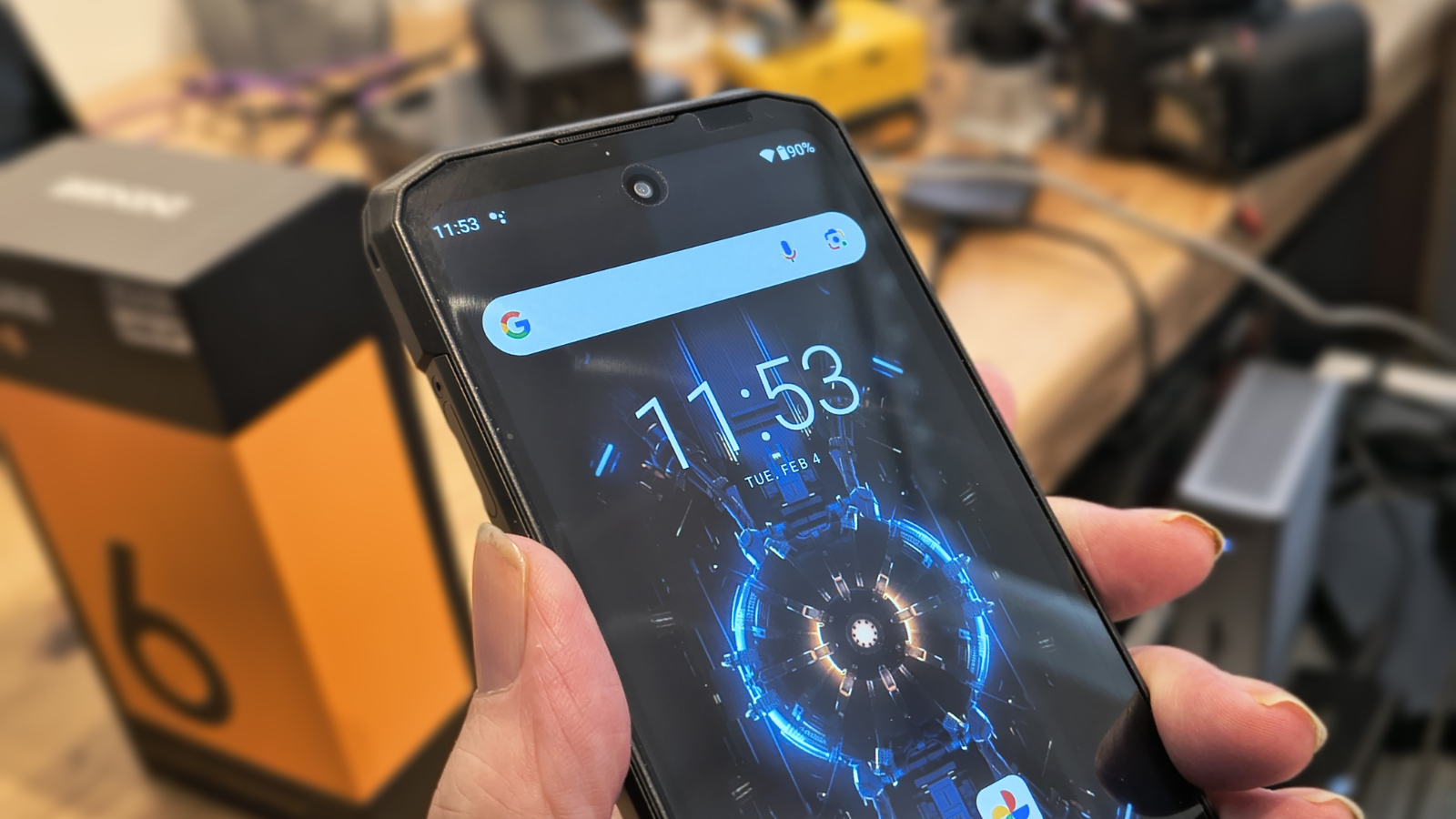
What is problematic about this design compared to the Fire 6 Power is that Doogee didn’t bother with the audio jack in this model, although it does have the same SIM tray that can take both dual Nano SIM cards and a MicroSD card simultaneously.
What’s good about this model is how the camera cluster is centralised, something that is critical for one of the camera features to work properly. The cluster does stick out at least 2.5mm, but the back is flat enough for wireless charging to be practical. Sadly, Doogee didn’t include wireless charging in this phone.
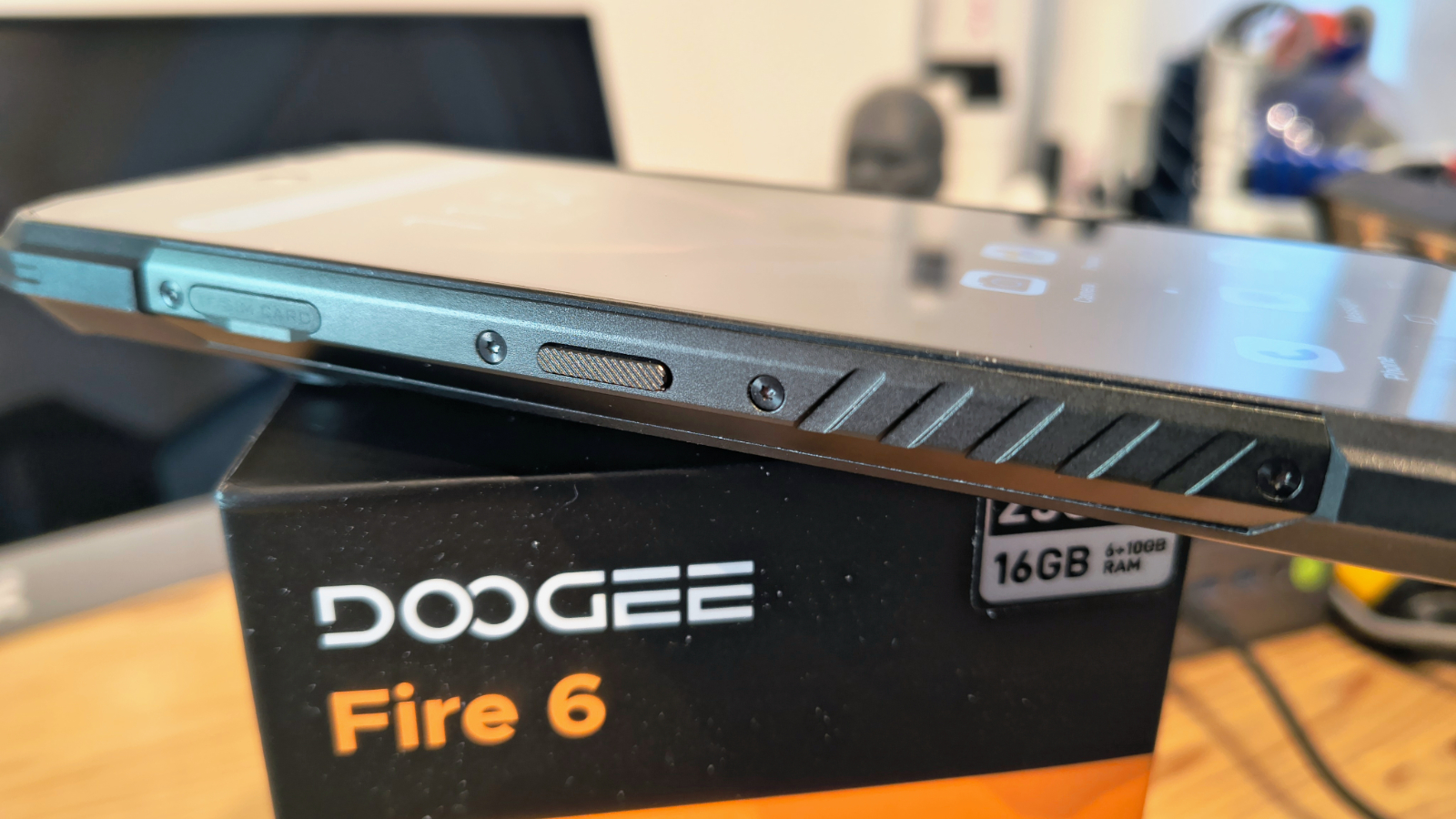
Design score: 3.5/5
Doogee Fire 6: Hardware
- Old SoC
- Large battery capacity
- Only 6GB of memory
I refuse to talk about the Unisoc T606 any more than I did in the Fire 6 Power and AGM H Max reviews. As this is an older SoC chip that has somehow been resurrected to be in these devices for whatever purpose.
Doogee could have used something better that could support faster memory and 5G comms, but they used this hardware instead. A poor choice, as I’ve concluded twice before.
Compared to the Fire 6 Power model, which had a 15500 mAh battery, the Fire 6 gets only 10400 mAh or around 67% of that capacity. With such a low-power SoC, both amounts give a decent lifespan to their respective phones, though the Fire 6 can charge at 18W, not 33W, making it a similar amount of time to fully charge compared to the larger Power model.
It also doesn’t have a camping flashlight, relying instead on a reasonably strong camera flash LED to provide illumination when required.
Memory on this phone is reduced to 6GB from the 8GB on the Power, but some compensation is available by using the feature that maps flash storage as memory. Personally, I wouldn’t use this unless you can’t work with the memory provided since flash memory doesn’t perform like real memory, however it is mapped.
Overall, and excluding the cameras, this is another entry-level phone specification that feels oddly out of sync with Android 14.
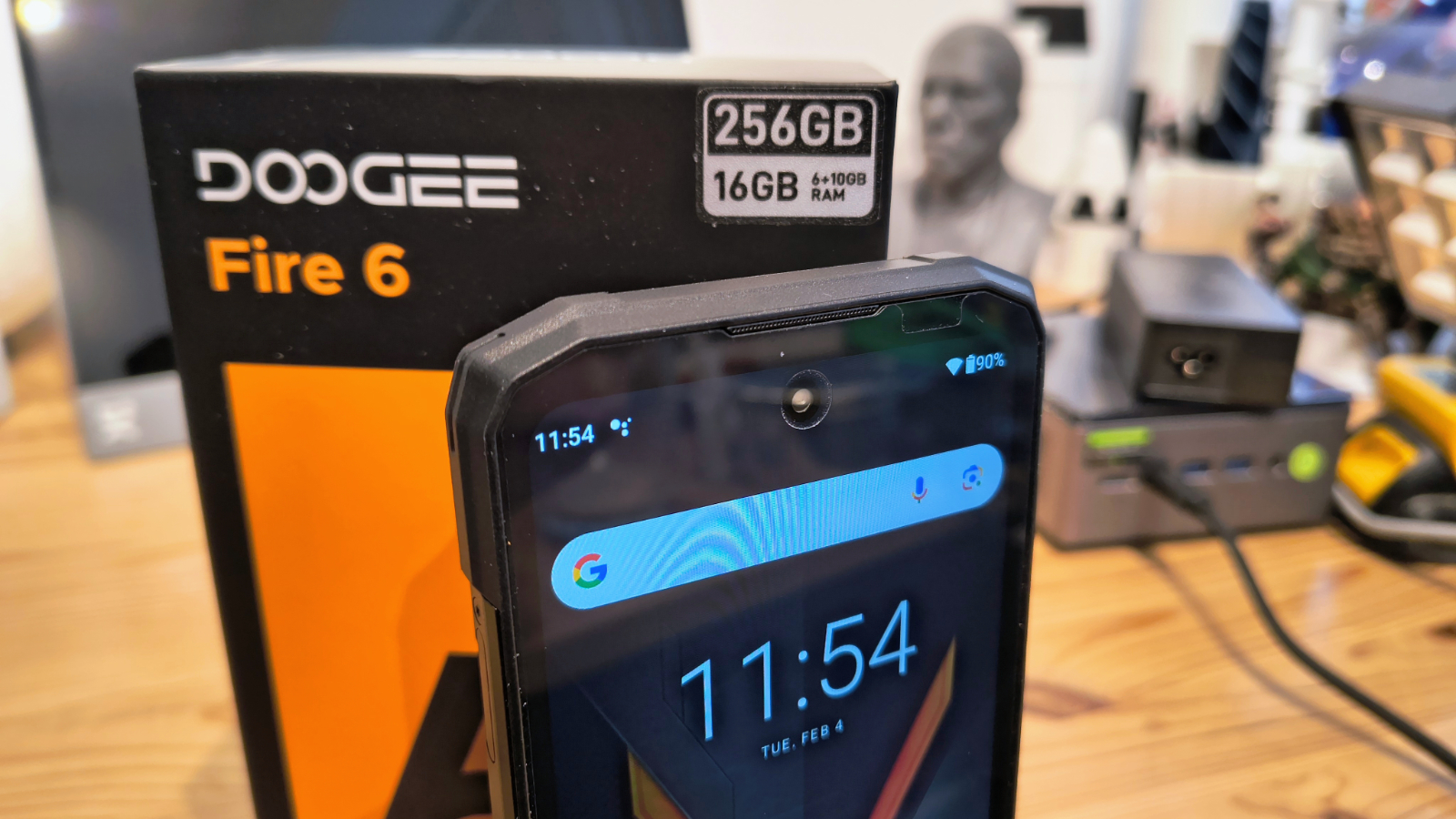
- Hardware score: 3/5
Doogee Fire 6: Cameras
- 50MP, 8MP and thermal sensors on the rear
- 8MP on the front
- Four cameras in total
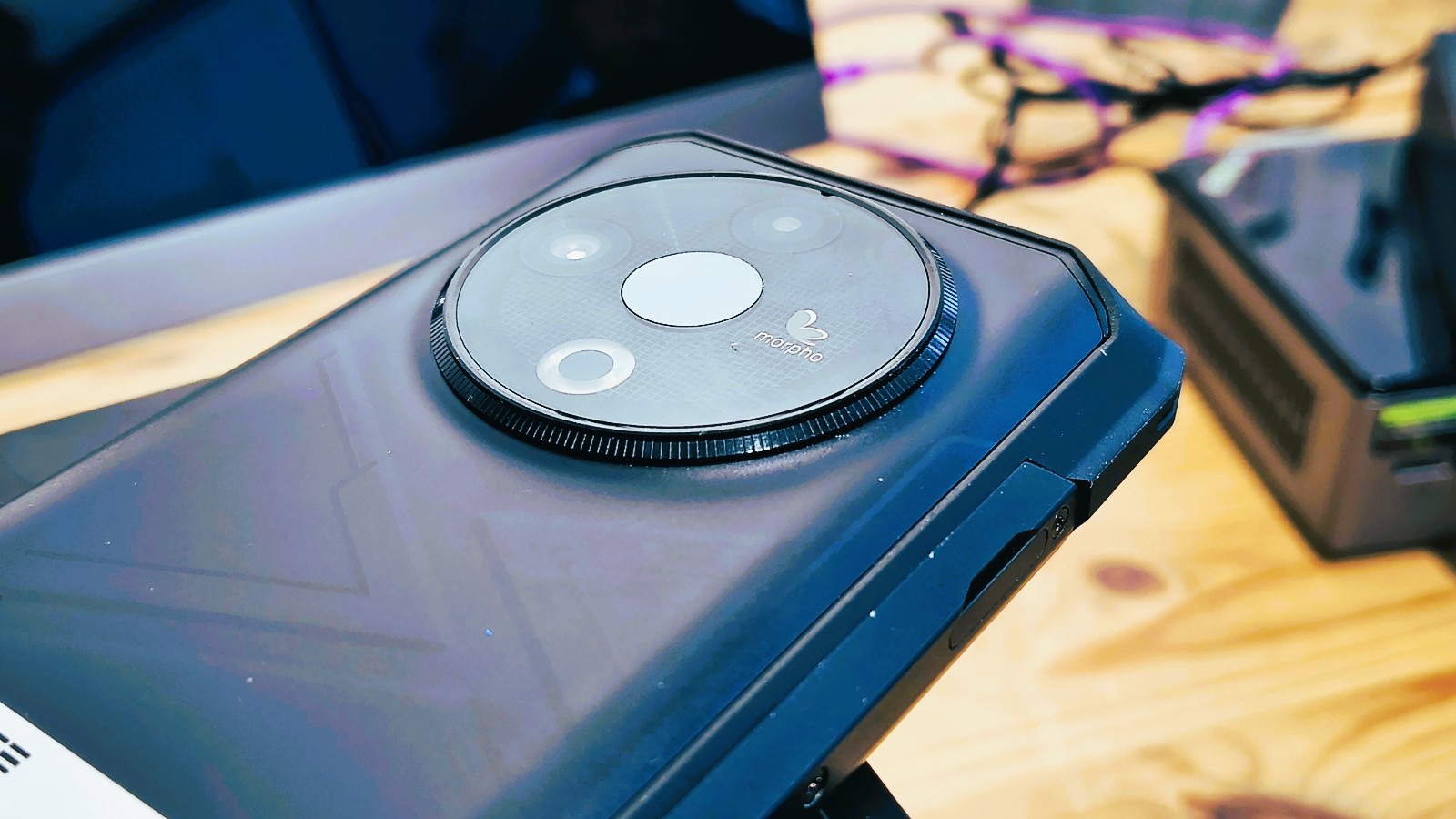
The Doogee Fire 6 has four cameras:
- Rear camera: 50MP OmniVision OV50C40 primary camera, 8MP Samsung S5K4H5, ECO Thermal Sensor
- Front camera: 8MP OmniVision OV8856
The primary sensor on this model is the same as that on the Fire 6 Power, an OmniVision OV50C40 that can take reasonable pictures that seem a little washed out. To address that limitation, you are encouraged to use HDR mode to punch up the colour saturation, but instead of creating nicely balanced high-contrast images, the results feel oddly unrealistic.
Supporting the primary sensor is an 8MP Samsung S5K4H5, which in this context is called the “Fusion camera”, as it is involved in sourcing conventional light to mix with the output from the thermal image for greater clarity.
That begs the question, why didn’t they just use an 8MP mode on the 50MP sensor and maybe provide an ultrawide or macro option instead?
Whatever the answer, the problem with the fusion is that the 8MP camera is above the thermal sensor, and when the phone is placed into landscape shooting orientation, it displaces the overlayed detail left or right of the thermal image.
For this to work, the two sensors needed to be much closer than they are, and on objects relatively close to the phone, the effect is rather jarring.
Another issue here is that the ECO Thermal Sensor has a resolution of just 160 x 120, which is then scaled and smoothed by the phone to look blurry.
Deeper research revealed that this is a ThermoVue sensor that those with thermal expertise have concluded is inferior to the Lepton FLIR 3.5 that appeared in phones like the classic Ulefone Power Armor 18T.
I’m not suggesting that it wouldn’t be useful to someone, but it’s poor by thermal imaging standards. What I found most annoying about it was that once self-calibrated to its environment (i.e. the temperature range), it appears to get stuck with some of the data from the colder parts of the image. These old data sweeps continue to ghost new images long after the view changes.
To be pointed if you’re buying this for the thermal images, then don’t. Get an old Ulefone 18T instead.
Equally, the conventional camera can take acceptable still images, especially if you avoid the temptation to put HDR on, but it can only capture 1080p video.
A quick trip to the OmniVision website reveals that the OV50C40 is capable of 4096 x 3072 pixels (12.5 MP) at 60fps, confusingly. Therefore, it doesn’t offer 4K video from this phone because the camera app was never configured to offer that mode, or the slow T606 SoC couldn’t cope with the amount of data that would generate. Neither of these things is good, and even if it has face detection and smile mode, it would not have detected the latter on this reviewer’s face.
Unless you want to know which bit of an engine is hot, this camera combination isn’t one that anyone should get excited about.
Doogee Fire 6 Camera samples
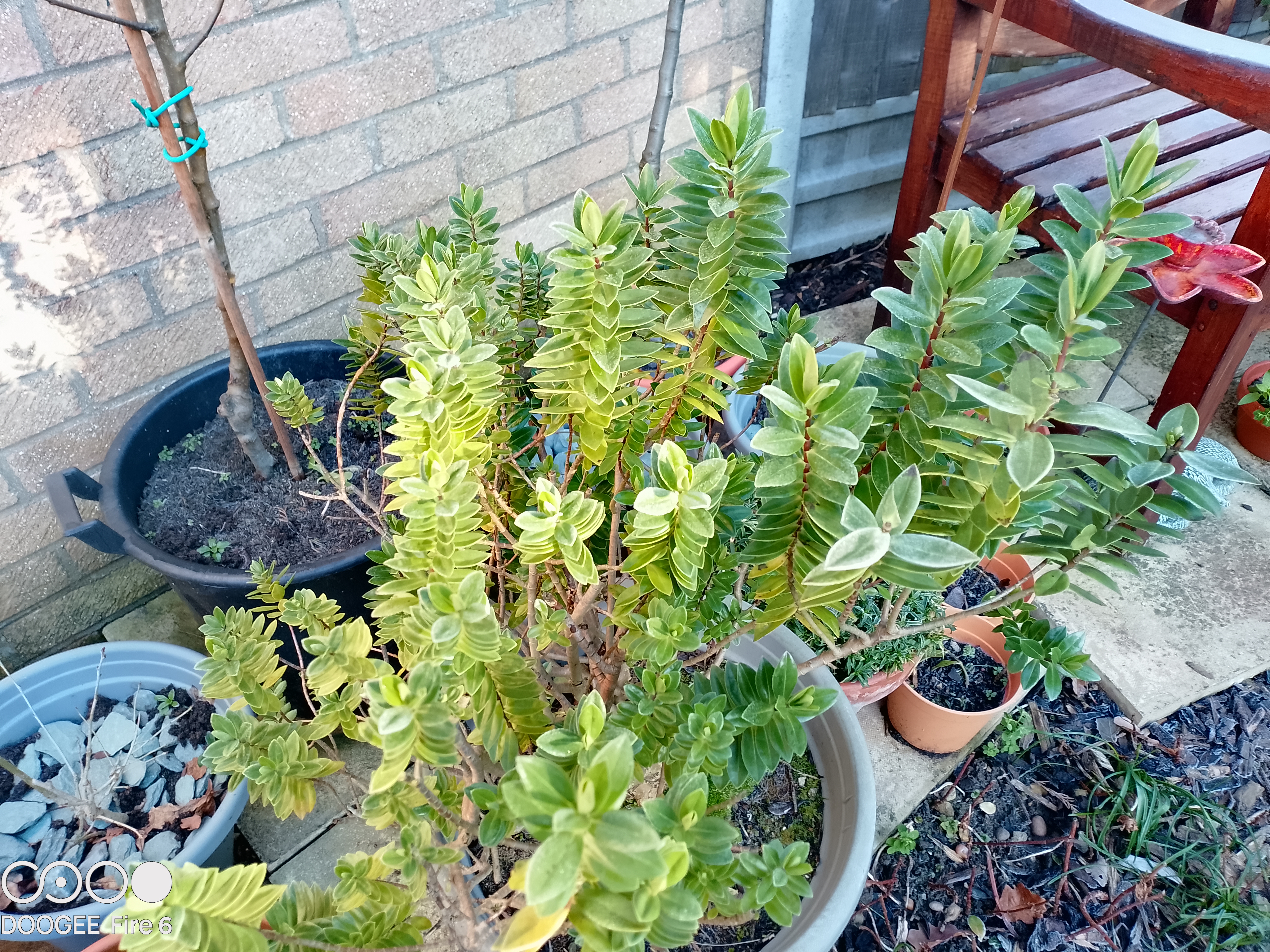
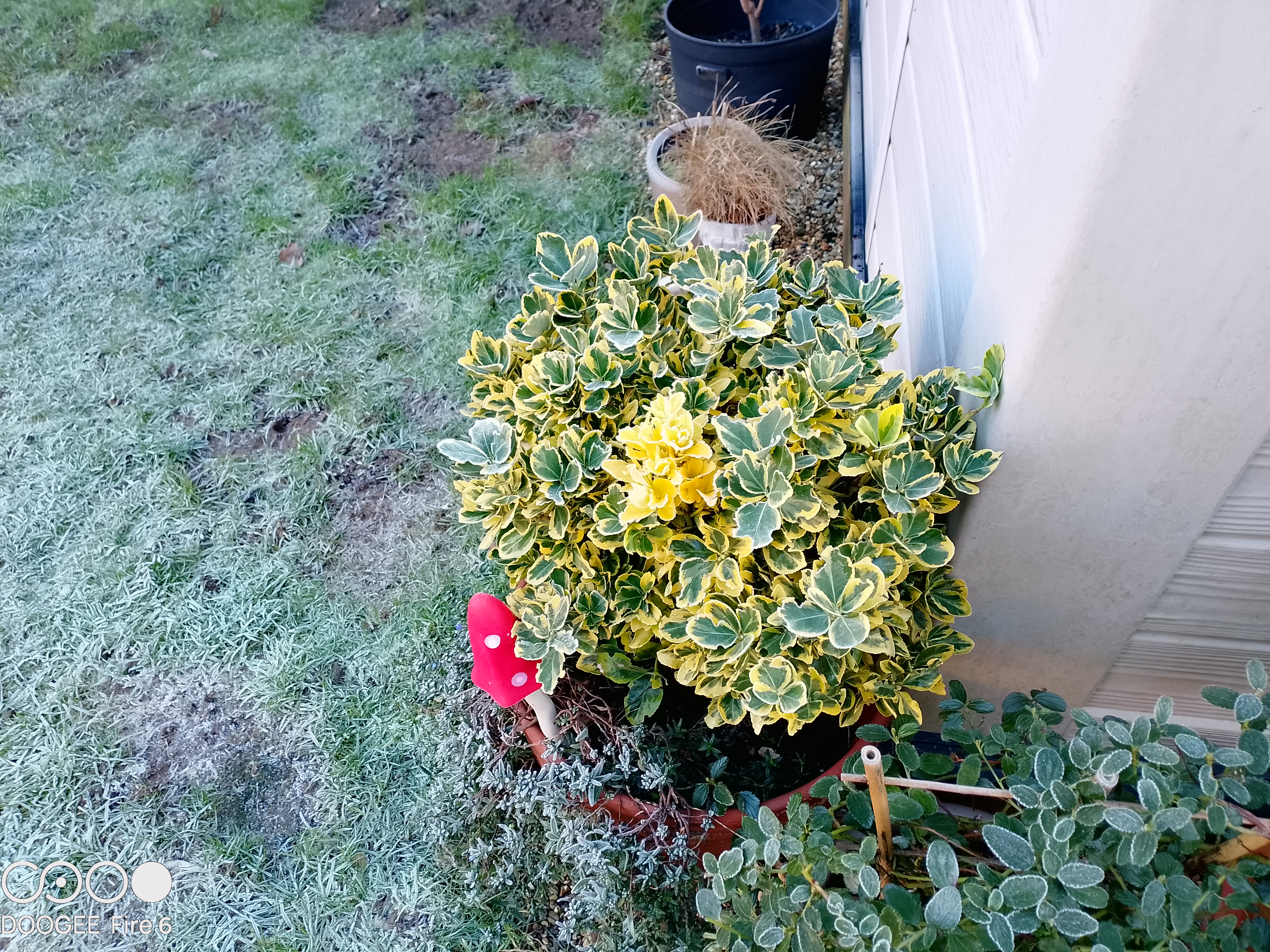
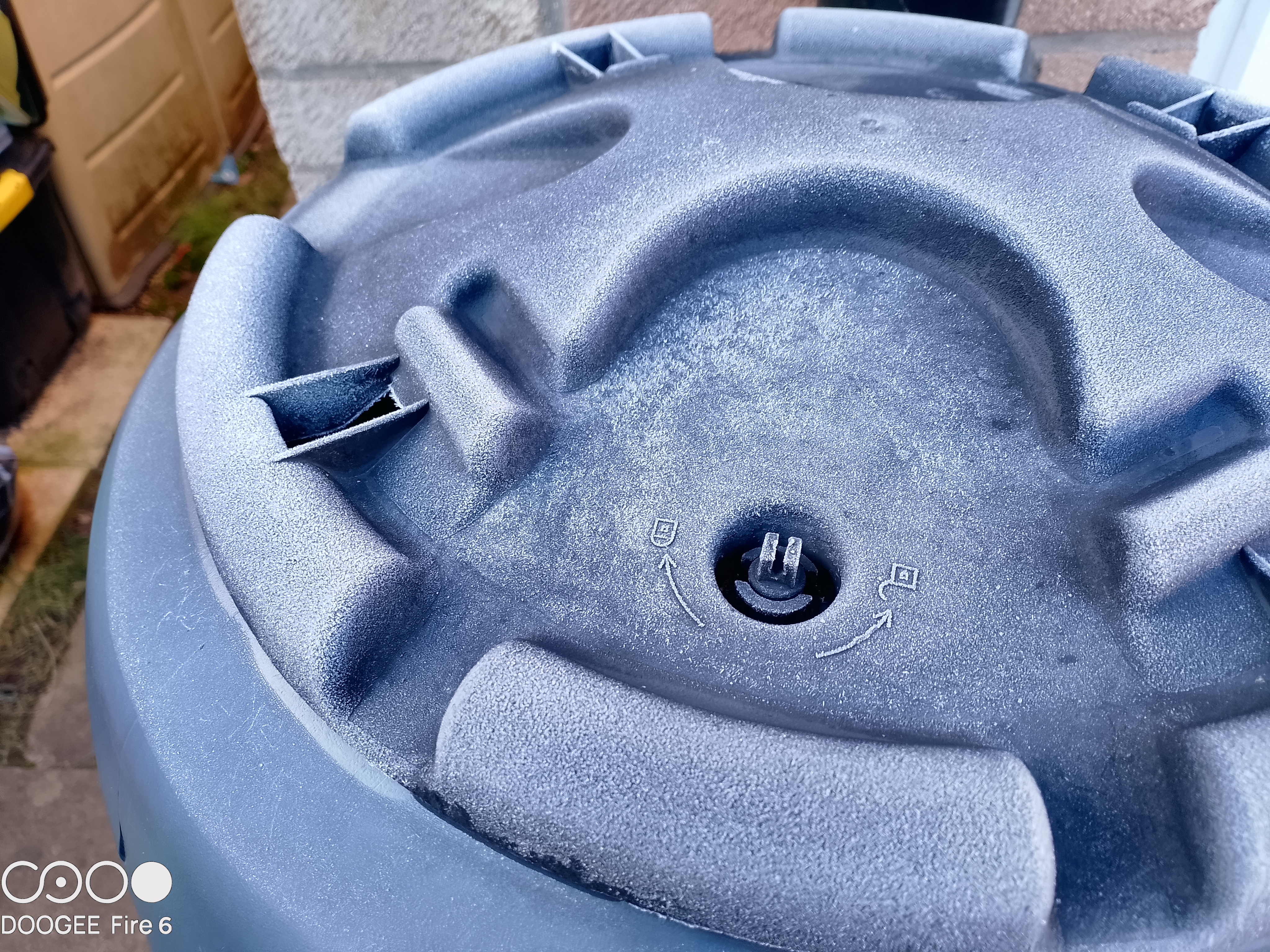
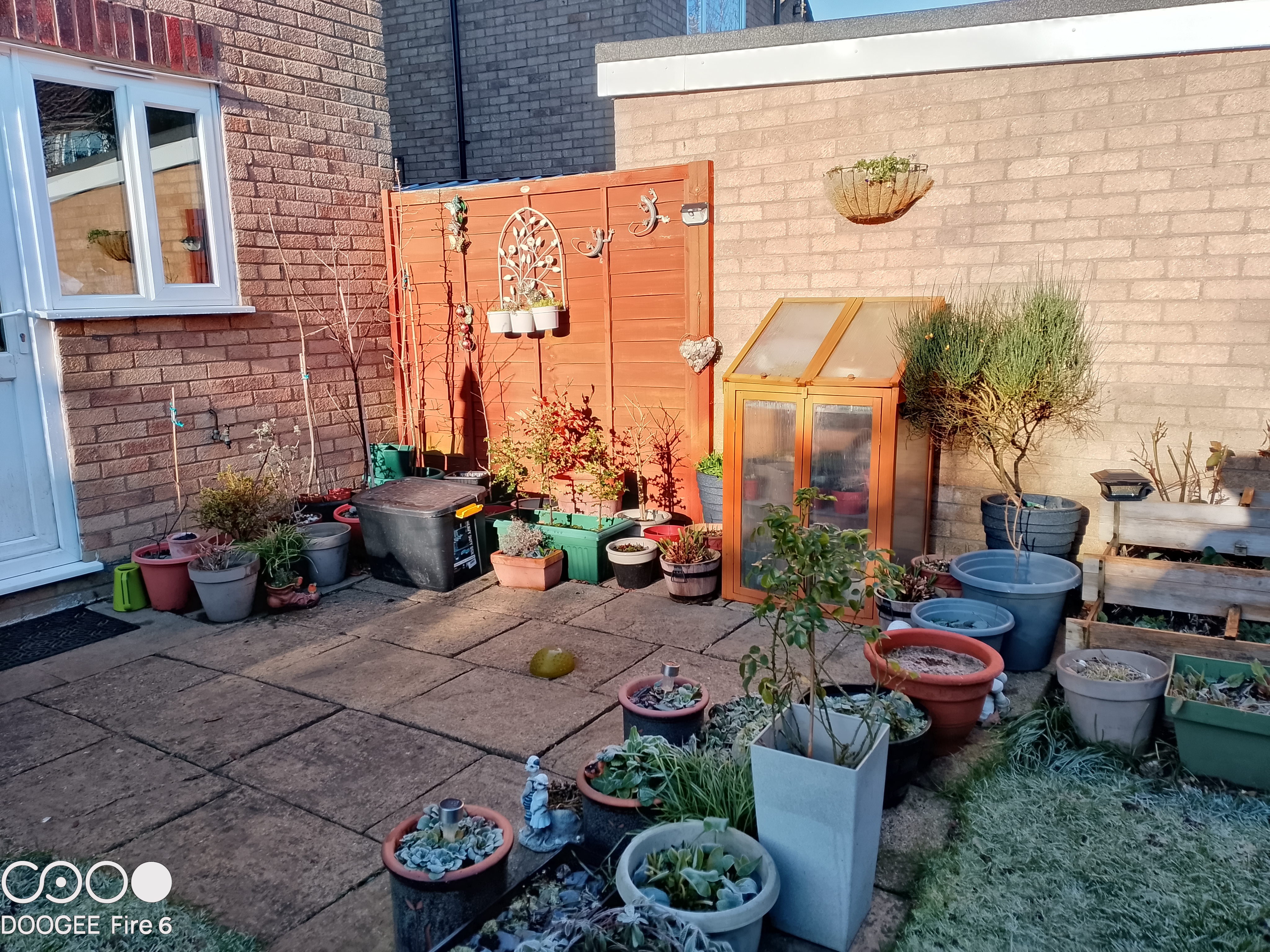

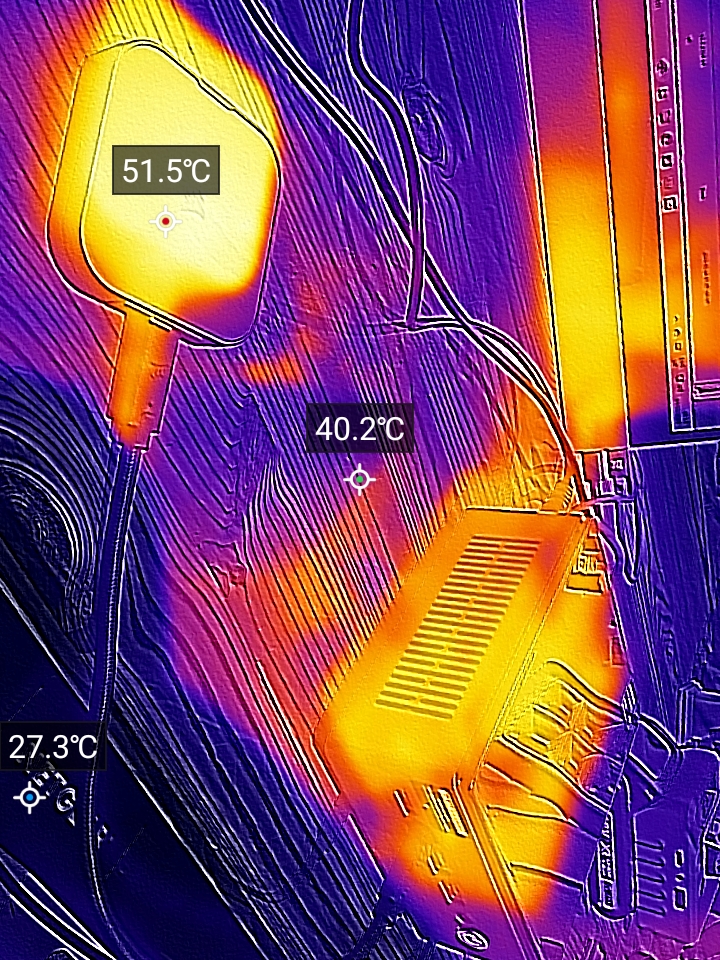

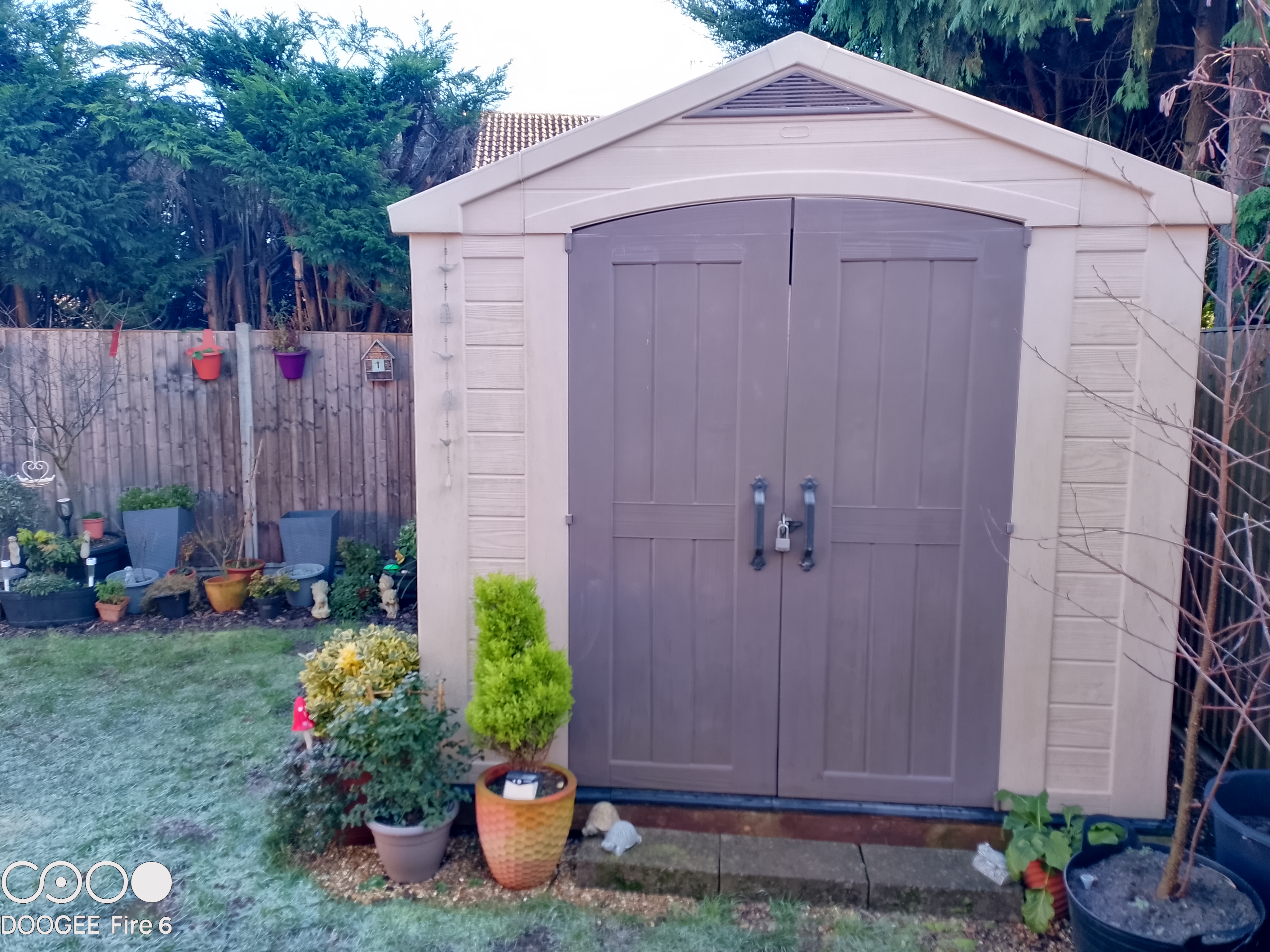
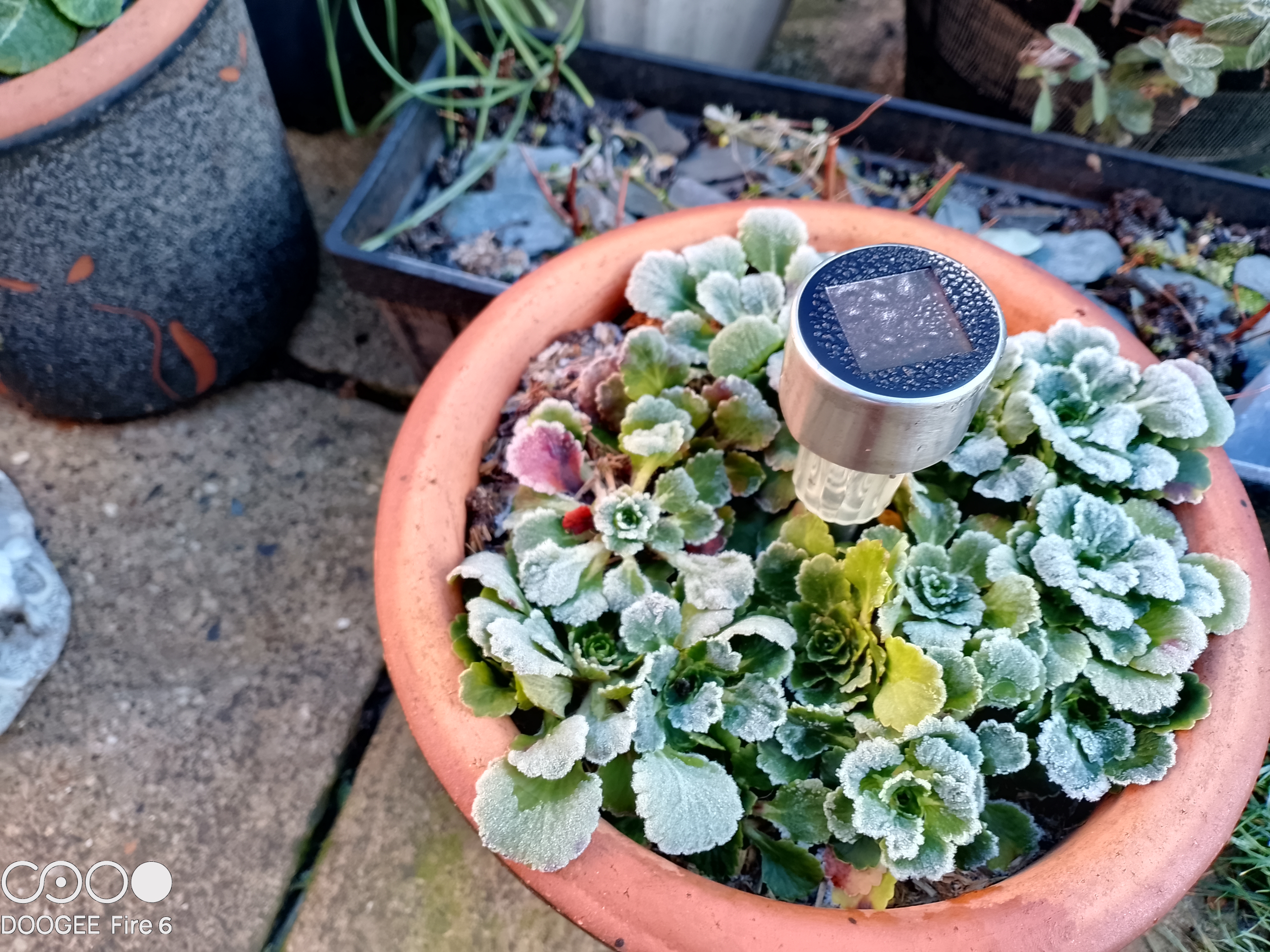
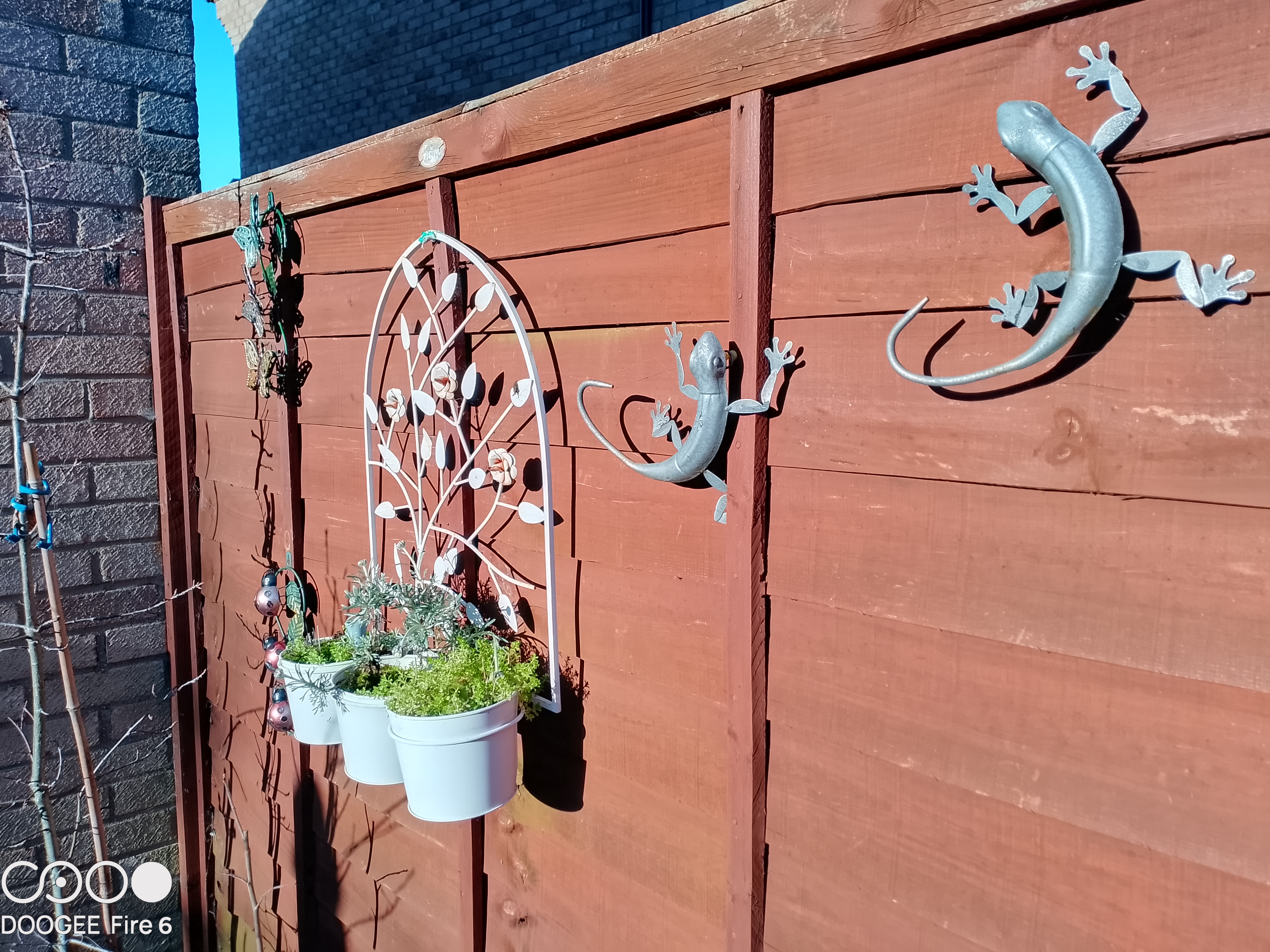
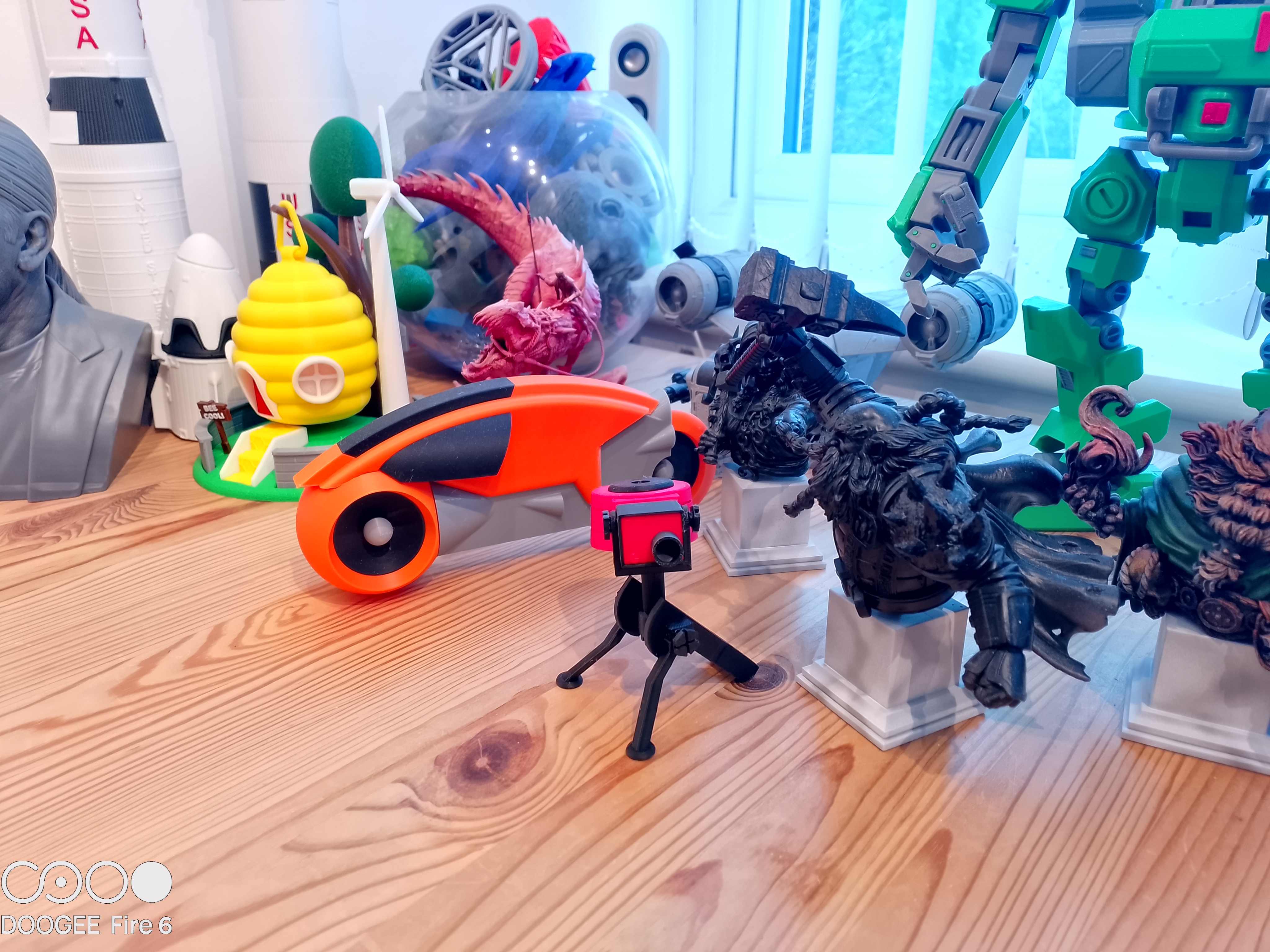
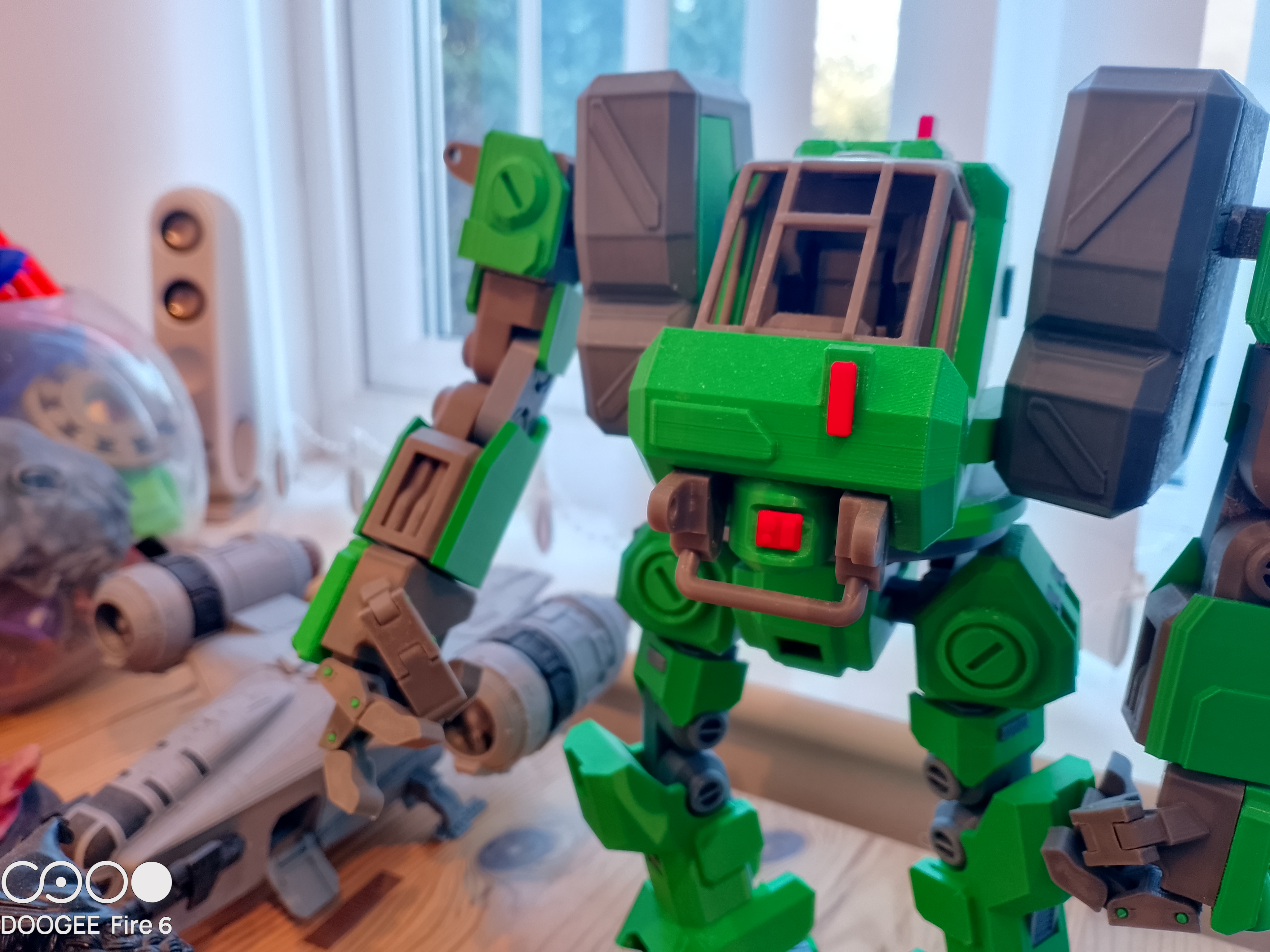
- Camera score: 3/5
Doogee Fire 6: Performance
- Lacklustre SoC
- Decent battery life
Phone | Header Cell - Column 1 | Doogee Fire 6 | Ulefone Armor Mini 20T Pro |
|---|---|---|---|
SoC | Row 0 - Cell 1 | Unisoc T606 | Dimensity 6300 |
Mem | Row 1 - Cell 1 | 6GB/256GB | 8GB/256GB |
Geekbench | Single | 392 | 791 |
| Row 3 - Cell 0 | Multi | 1375 | 2141 |
| Row 4 - Cell 0 | OpenCL | 459 | 1478 |
| Row 5 - Cell 0 | Vulkan | 462 | 1481 |
GFX | Aztec Open Normal | 5.5 | 17 |
| Row 7 - Cell 0 | Aztec Vulkan Norm. | 4.8 | 15 |
| Row 8 - Cell 0 | Car Chase | 5.4 | 16 |
| Row 9 - Cell 0 | Manhattan 3.1 | 8.8 | 25 |
PCMark | 3.0 Score | 7982 | 10975 |
| Row 11 - Cell 0 | Battery | 28h 10m | 19h 22m |
Charge 30 | % | 19 | 60 |
Passmark | Score | 6259 | 9654 |
| Row 14 - Cell 0 | CPU | 2926 | 4683 |
3DMark | Slingshot OGL | 1473 | 3806 |
| Row 16 - Cell 0 | Slingshot Ex. OGL | 980 | 2815 |
| Row 17 - Cell 0 | Slingshot Ex. Vulkan | 975 | 2658 |
| Row 18 - Cell 0 | Wildlife | 431 | 1378 |
Battery | mAh | 10400 | 6200 |
Some might consider my comparison choice unfair, given that the Ulefone Armor Mini 20T Pro is at around $330/£280, a similar price to what Doogee is asking for the Fire 6 on its website. Yes, you can get the Fire 6 much more cheaply, but looking at the benchmarks, there isn’t much of a hardware comparison.
The Dimensity 6300 kicks the Unisoc T606 where it hurts, especially when the test involves graphics of any variety. However, the thermal imaging on the Ulefone also uses the superior Lepton FLIR sensor, even if these benchmarks don’t cover its performance.
Things start to get interesting with respect to the battery life, where the Fire 6 gets a rare win.
Or does it? The Fire 6 has 40% more battery capacity, and with that, it lasts roughly 9 hours longer before needing to recharge. However, that’s only 32% more running time than the Ulefone Armor Mini 20T. I concluded that if the Ulefone Armor Mini 20T had the same battery size as the Fire 6, it would last longer due to the Dimensity 6300 (6nm fab) power efficiency over the T606 (12nm fab).
That’s not to take away the victory in this instance because over 28 hours running the PCMark battery test is more than respectable. But, had Doogee used the Dimensity 6300, the Fire 6 would have been generally twice as fast, but the battery life would be around 33 hours.
The bigger battery would normally suggest that it would charge faster since it is typically made of more subcomponents. However, with only 18W charging, the Fire 6 can recover only 19% of its 10400 mAh battery in 30 minutes. Since the charging speed slows when it approaches 100%, the Fire 6 is likely to take more than three hours to fully recharge, whereas the Ulefone Armor Mini 20T with less battery takes under two hours.
- Performance score: 3/5
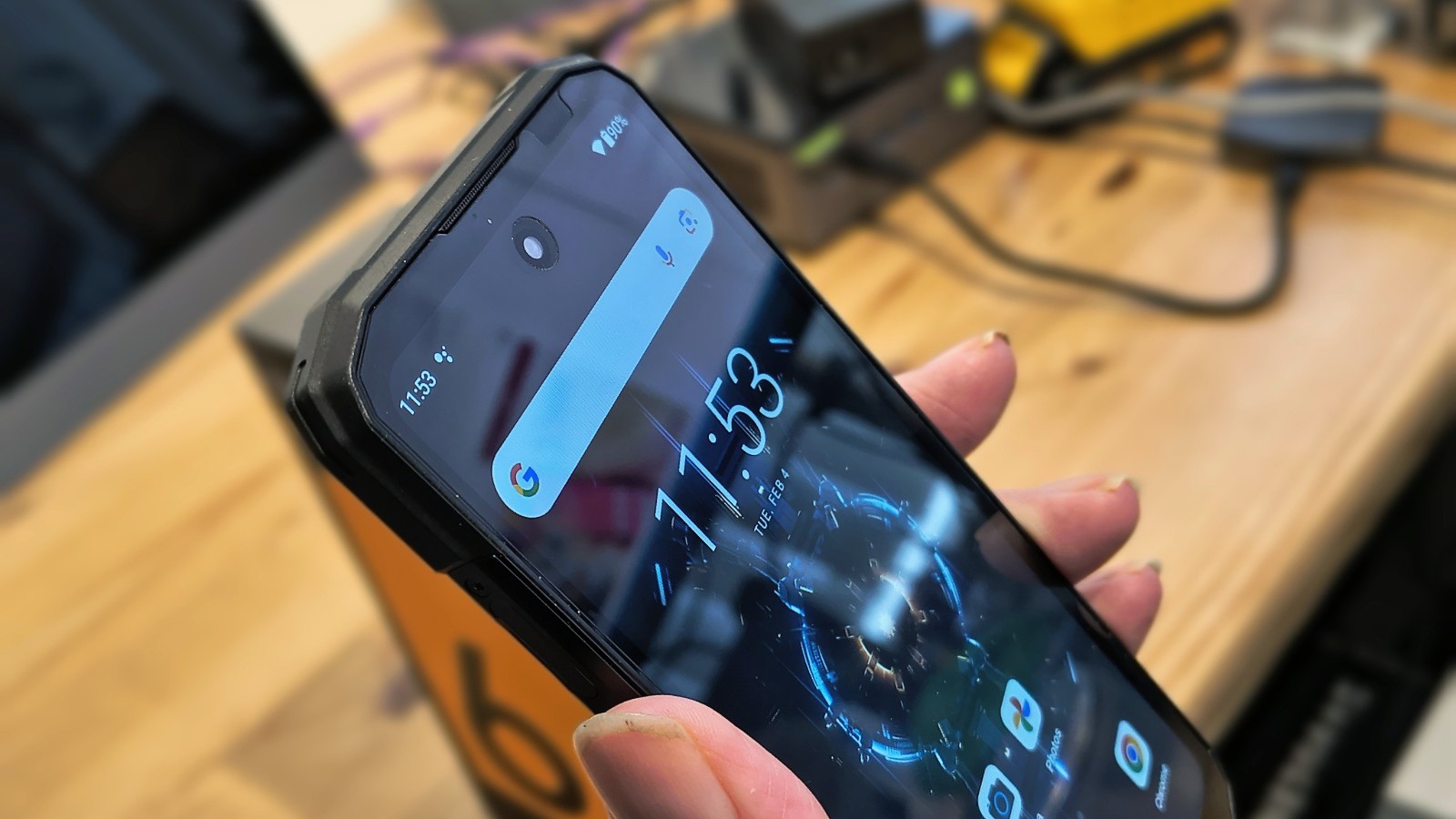
Doogee Fire 6: Final verdict
Reviewing this phone was strangely like being a disgruntled weatherman that Punxsutawney Phil trapped in a repeated review that looped for 10,000 years.
Stripping away the pleasant exterior and a few special features, this is the same phone as the Doogee Fire 6 Power and the AGM H Max. Neither made my must-have collection of rugged smartphones.
Again, so much here is confusing, and I can’t understand the logic of using old SoC technology in a modern design. This negativity is compounded by asking too much for it directly from the maker and delivering an underwhelming Android 14 experience.
Perhaps I expect too much, but there are Android 14 rugged designs that I would use as a daily device, and this isn’t one of them.
Should I buy a Doogee Fire 6?
Attributes | Notes | Rating |
|---|---|---|
Value | Maker price is excessive, but online, it is more affordable | 3.5/5 |
Design | An attractive design visually, but it is still large and awkward | 3.5/5 |
Hardware | Large battery, old SoC and only 6GB of RAM, and 4G | 3/5 |
Camera | Entry-level primary camera and low-resolution thermal sensor | 3/5 |
Performance | Poor performance compared to a phone with a modern SoC | 3/5 |
Overall | The place where the T606 went to die | 3/5 |
Buy it if...
You need a phone for outdoors
The water and dust resistance on the Doogee Fire 6 is enough to work in the rain and handle being dropped. But that’s mostly the whole story.
You need battery capacity
The one redeeming feature of this design is the battery capacity and how this translates into running time. If all you want is a decent running time, then it offers that feature.
Don't buy it if...
You need good photography
The sensors on this phone are mediocre at best, including the thermal sensor. You should not aspire to own a phone that can only capture video at 1080p resolution.
You are travelling light
While it’s lighter than its Fire 6 Power brother, this phone is also too big to fit in most pockets. However, it’s a decent amount of battery capacity to carry on a trek.
Also consider
Launched in early 2023, the Ulefone Power Armor 18T is still available, and has a great thermal camera phone using the Lepton FLIR 3.5 sensor. More expensive than the Fire 6, but it has much better design and spec.
Read my review of the Ulefone Power Armor 18T here.
Another Dimensity powered phone with a Lepton FLIR 3.5 thermal sensor that is thin enough to be a daily phone. More costly than the Fire 6, but a better spec.
Check out our review of the Ulefone Armor 25T Pro
For more durable devices, we've tested and reviewed the best rugged tablet, the best rugged laptops, and the best rugged hard drives
Mark is an expert on 3D printers, drones and phones. He also covers storage, including SSDs, NAS drives and portable hard drives. He started writing in 1986 and has contributed to MicroMart, PC Format, 3D World, among others.
You must confirm your public display name before commenting
Please logout and then login again, you will then be prompted to enter your display name.
